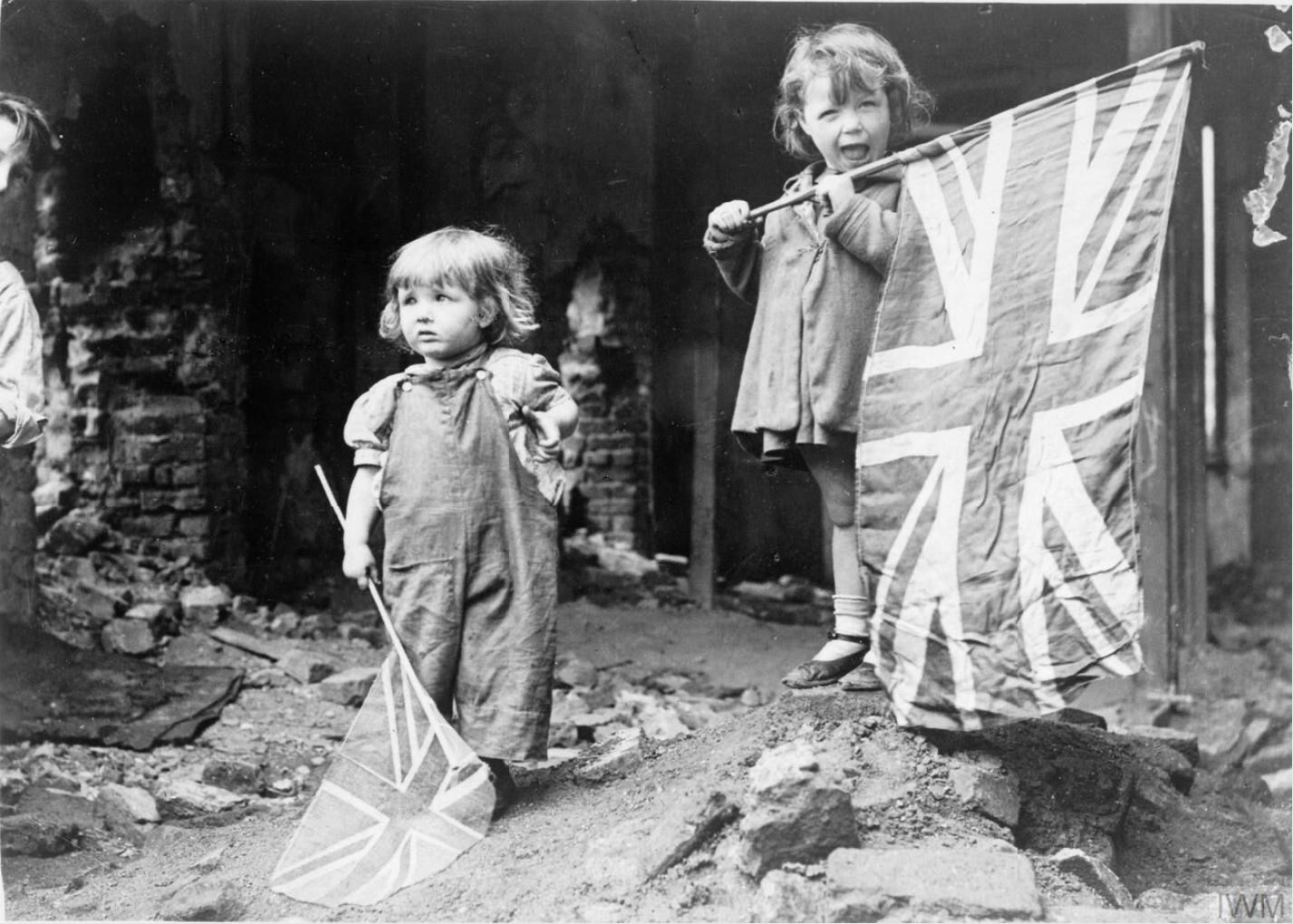Good Books part 3 is on the way, but I’m interrupting the schedule for a short VE Day 80 post. My family went into central London for the parade and flypast on Saturday, and I was struck by how the crowds photographed in 1945 were so similar to the crowds in 2025, and yet so different. Here are some of the differences that occurred to me, and I’d love to hear any that you and your families come up with.
In 1945 pretty much everyone wore leather shoes. In 2023 the manufacturers of Kiwi shoe polish said their products would no longer be available on shelves because so few people still need their products. (The military is a notable exception.)
Paracetamol and ibuprofen (acetaminophen/Advil) weren’t available.
Nobody had a bank card. When I told my children that workers were mostly paid weekly, in cash, and that if you wanted to use the bus you had to pay in cash they were completely incredulous and to begin with didn’t even understand.
From what I can see, the only childhood vaccination available in the UK was diphtheria, and the take-up rate was extremely patchy.
In 1948 only 2% of British households owned a fridge.
In 1939 60% of all British food was imported. Today that figure is around 40%.
Obviously, no one had a mobile phone. But there were about 35,000 phone boxes in the UK by 1940.
You couldn’t get a Frappuccino, but you could get, according to Lyon’s Corner Shop menus, a drink called an ‘egg and milk’. If you wanted to.
Almost nobody had a washing machine. Even by 1960 only 40% of British homes had one. The first launderette arrived in Britain in 1949.
You couldn’t have an epidural during childbirth, and gas and air was not widely available.
The infant mortality rate (children up to 1 year old) was between 40 and 50 deaths per 1000 live births. Today it’s 3-4 deaths per 1000.
Life expectancy at birth in 1946 was 66 for women and 60 for men.
In 1950 a report found that only 46 per cent of British households had bathrooms. Eight per cent shared one, 31 per cent had a portable bath, and 12 per cent had no bath at all. Showers didn’t begin to be adopted until the 1960s.
The average daily caloric intake in Britain during WW2 rationing was around 3,000 calories!

Source: Imperial War Museum
Please do share your own comparisons in the comments. And if you’re not subscribed to How We Homeschool, sign up for free and never miss a post. Posts are usually homeschool-related!




I was five weeks old on VE Day. My mother told me they had some gin, some plum juice and alka seltzer that they mixed and drank. My mother said it was the first night I had slept through. Gin related I suspect. They lived in Victoria Street in Central London.
Wow, 3,000 calories. I would have thought that number way less with rationing. 😳